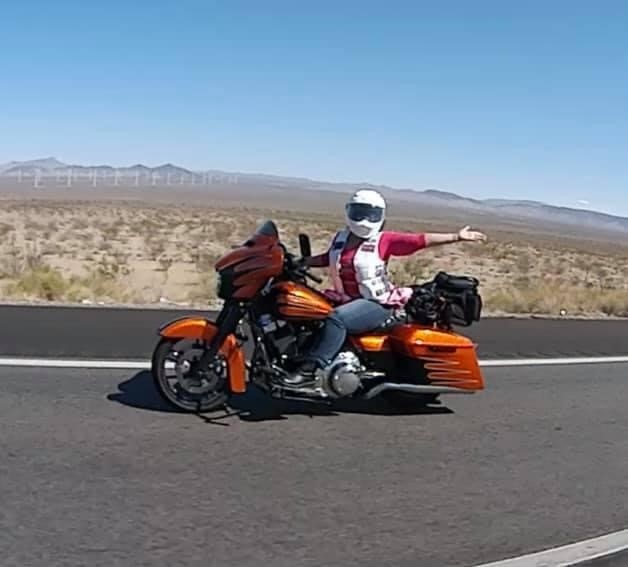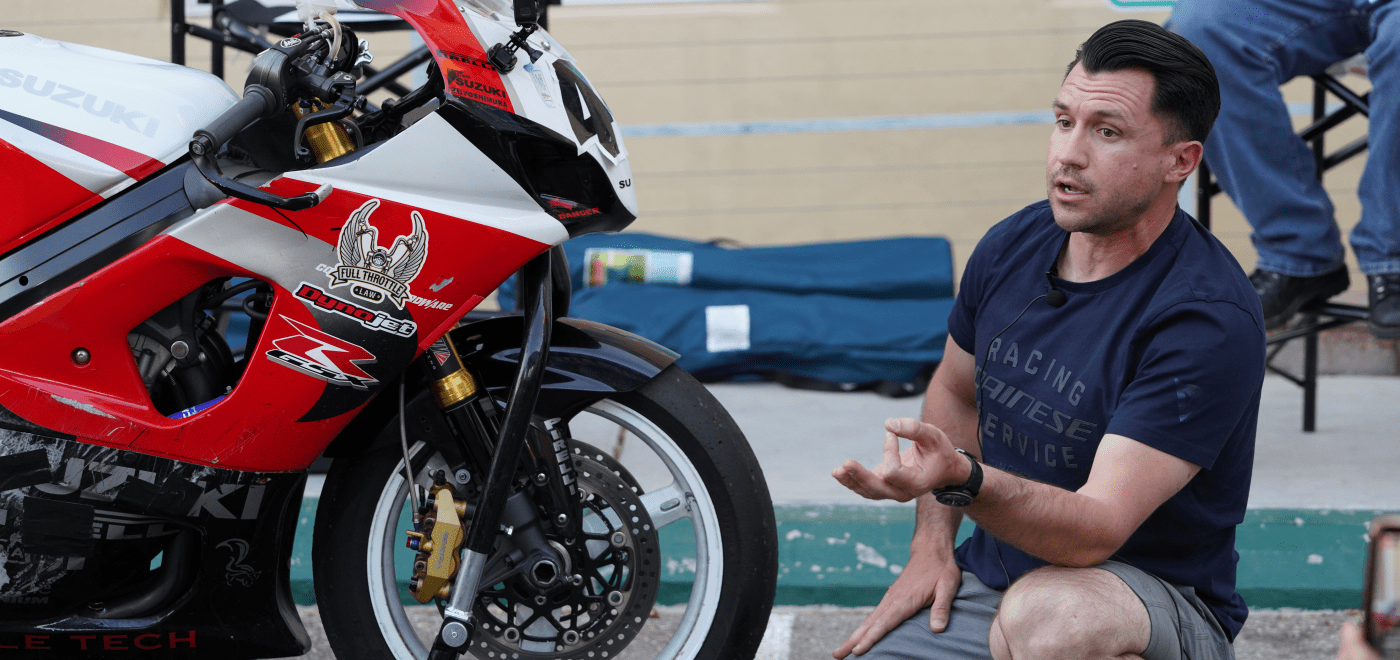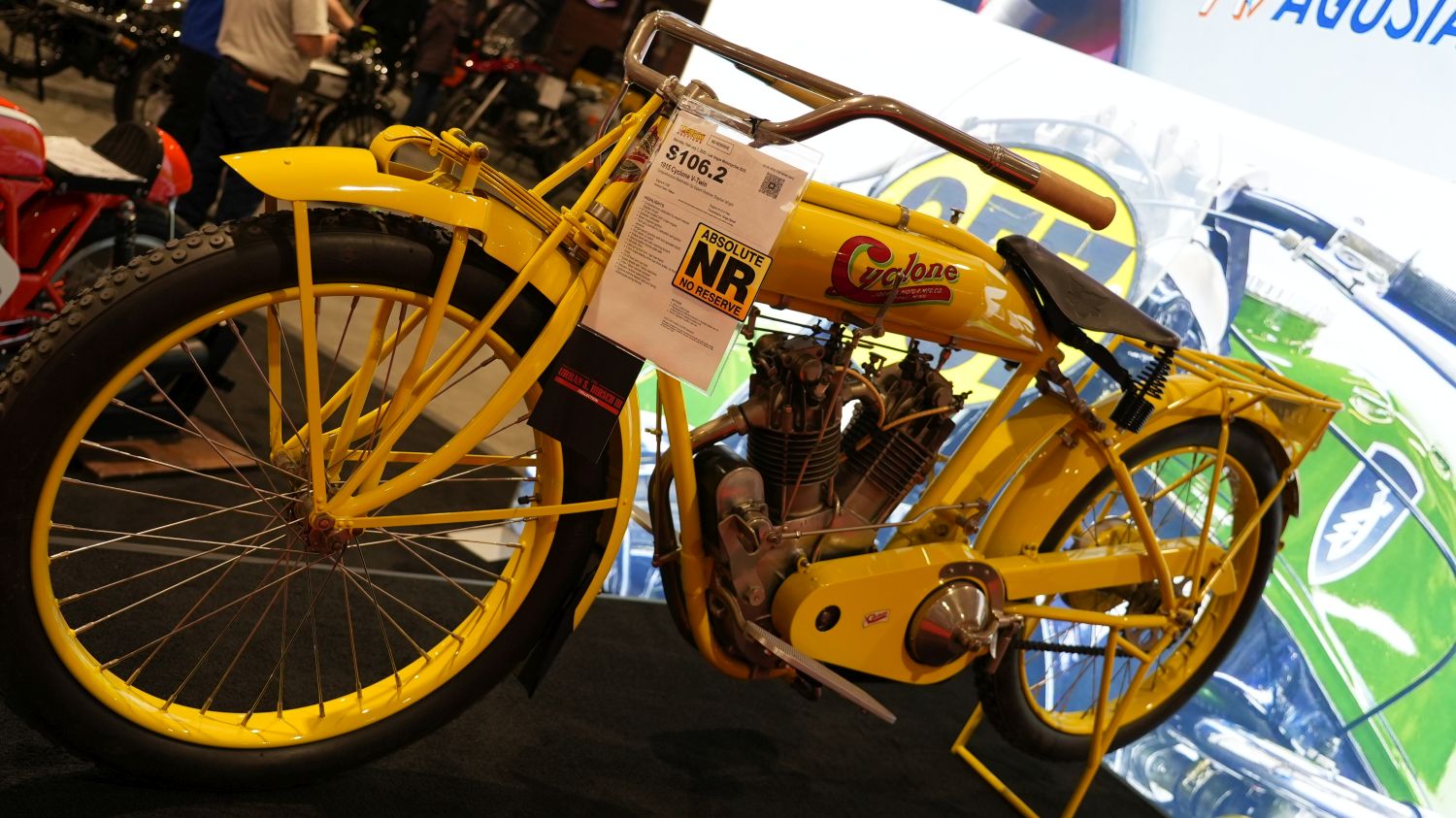It’s way more important than you think. Cooler weather brings a variation
If there’s one thing that’s all too commonly overlooked when it comes to motorcycles, it’s most probably tire pressure. Understandably so, given the fact that it’s just way too easy to forget about it. That, plus a quick glance at your tires can give you a deceptive impression that it, at least, isn’t deflated. However, as it would turn out, ensuring your bike has the correct tire pressure on both its front and rear tires is pretty important, as it can, at the very least, keep your bike running smoothly and efficiently, and at the most, save you from a possible crash. The weather alone can change your tire pressure up to ten pounds. Going over a rock, gravel, cut in the road, construction bump or rumble strip on shoulder can cause unsafe situation that can demand a skilled rider to ride out of successfully. It can be a bit like trying to steer a jet ski on pavement, especially in a curve.
Now, the optimum tire pressure varies from motorcycle to motorcycle. Additionally, your intended use of the motorcycle (i.e., if you’ll be riding with a pillion, or carrying heavy luggage), is also an added variable when it comes to determining how much air you’re going to feed your tires. That said, most, if not all motorcycle manufacturers highlight the recommended tire pressures for both front and rear tires in a multitude of conditions in great detail via the owner’s manual. Be sure to check your owner’s manual to ensure that you’re loading up your tires accordingly. With all that out of the way, let’s get into actually checking, and correcting if necessary, your motorcycle’s tire pressure.
Position the motorcycle
Checking your motorcycle’s tire pressure is one of the easiest and most basic maintenance jobs out there. As mentioned above, it can be all too easy to forget to do it. Although it’s very easy to do, it can be a literal pain in the back, especially if your motorcycle is one the heavier side of the spectrum, and has large, dual front disc brakes. That said, to make things easier, locate the tire valve on your front wheel, and position the motorcycle such that the valve is on the lowest part of the wheel, closest to the ground. Do the same process for the rear tire, once you’ve finished working on the front tire.
Have your tools handy
In order to check and correct your motorcycle’s tire pressure, you really only need 2 things. The first would be a tire pressure gauge. Now, tire pressure gauges come in all shapes and sizes, and can be as cheap as a few hundred pesos for the basic ones, to a couple grand for the high-tech digital ones. Regardless, most decent tire pressure gauges display pretty accurate information. Now, once you’ve removed your tire valve cap, it’s just a matter of securely fitting the tire pressure gauge onto the tire valve. This can be a bit tricky, especially on bikes with larger sprockets and/or disc rotors, so it’s best to do this a couple of times, just to make sure you’re getting consistent tire pressure readings. Bikes with large bags can make it tricky as well. Stop by Full Throttle Law office or our tent and pick up a complimentary keychain pressure gage.
Chances are, once you’ve checked your tire pressure, you’re going to want to increase or decrease the pressure according to your preference. This brings us to the second thing you’re going to need, a pump. Now, you could get away with a simple bicycle-type floor pump for this job. However, if you’re not in the mood for a quick workout, you could splurge on an electronic tire pump, or even a workshop compressor. It would be nice if you could get a pump with a built in gauge, so as to eliminate the need for a tire pressure gauge, however, even the most basic bicycle pump could get the job done in this case.
All that being said, it’s just a matter of pumping away, or, if you have a fancy electronic pump, setting the tire pressure and pressing a button. Once you’ve hit the desired tire pressure, securely reinstall the tire valve caps. Now, there’s nothing left to do, but to take your bike for a spin.

Take it for a spin
Running the correct tire pressure on your motorcycle ensures that your motorcycle performs to the best of its abilities, and is as safe as it can be. It can sometimes be surprising as to how much the riding characteristics of a motorcycle can improve from running optimal tire pressures. A motorcycle with just the right tire pressure can corner a lot more smoothly, as opposed to the unsure feeling of an under-inflated tire. Additionally, it can save you fuel, as a higher tire pressure presents itself with less rolling resistance than an under-inflated one. Lastly, tires are developed to provide the maximum amount of traction only when inflated up to spec. You will enjoy your ride much more knowing you are riding safer. Most motorcycle dealerships will check your tires for free. Swing in to one of our community partner’s shops. You can find them listed under member benefits section. I just usually will tip the tech enough for a good cup of coffee on me later.
Want to WIN A CUP OF COFFEE? Send Dazzlin a picture of you checking your air to be entered in to a drawing to win a gift card to her favorite coffee spot. Send to info@fullthrottlelaw.com






